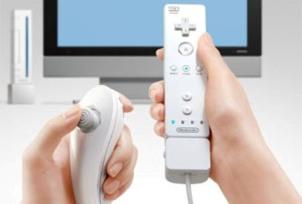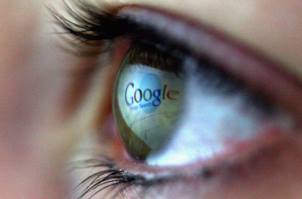As kids, our only “upgrade” option when it came to our toys was to either buy a new one or to embellish it with a paper add-on by using some combination of glue and tape. Things certainly would have been very different if we had the option to actually craft our own toys.
Enter 3D printing. It is the process through which 3D models or Computer Aided Designs (CAD) drawings can be developed into physical objects. Simply put, when you can draw a three-dimensional object on your computer, 3D printing allows you to physically create it.
From a technical standpoint, 3D printing is also known as Desktop Fabrication or Additive Manufacturing. 3D printers function very similar to regular printers with paper and ink; and some models even allow for colored printing. There are numerous techniques for printing in 3D, all of which basically boil down to cutting (via laser or micro tools) a block of material (usually nylon or plastic, sometimes paper) until it matches the dimensions of the input design.
3D printing can take up to hours, even days, depending on the resolution of the object. Let’s look at some of the domains in which 3D printing can be used.
Entertainment
Remember that toy example we started with? Now I know that fun is not necessarily the first thing that comes to mind when we are talking about 3D printers. However, people manage to find a way. Do you have a favorite video game character? You can print it out using a 3D printer. Of course, anti-piracy laws can’t be far behind for something like that but until then, print away your small-scale replicas of the Crysis gear, Portal Gun or Slenderman, whatever you want.
There are communities dedicated to creating life-sized replicas of gaming merchandise. They do so by creating separate layers and piecing them together as a whole. Some even go as far as to paint it to look exactly like the original. Even your created world of Minecraft can be printed out (in sections). For a collector, this has interesting implications. But the 3D printers available for home usage will not use material that can withstand rigorous handling. Thus, the best approach would be to admire the printout from a distance.
Also, Disney has invented toys which, through the use of LEDs and hollow tubes, give us 3D printed lighting. If you are indeed going to replicate a character from a game, light will certainly add that realism.
Engineering
No technology can be taken seriously until it satisfies a scientific or social need. Enter Rapid Prototyping Machines. They are also 3D printers, but their purpose, as the name suggests, is to create prototypes; and they work at the industrial scale. Multi-photon Photo-polymerization uses stereo-lithography to create 3D outputs. This technique, despite the complicated terminology, is astonishingly simple to understand. Stereo-lithography works in such a way that there is a vat of material in liquid state (photopolymer) which, when exposed to ultra violet light, becomes a solid. Photo-polymerization employs an inkjet printer that solidifies an object in layers (sprays lights on each layer), the hardened product is then taken out of the vat and, voila! You have your 3D printout. Multi-photon Photo-polymerization technique does the same thing but on a micro scale.
In other words, printouts can now withstand a certain amount of handling, which in turn means the end products can be tinkered with after creation. This doesn’t sound like much, but it is quite an achievement for product developers. This technique can give you a printout of a working machine, complete with moveable parts. If you are an engineer, this can be very helpful for you.
There are simple implementations, like Darth Vader’s faceplate from Episode III, and there are complex implementations, like the AUDI RSQ, a mid-engine concept car as seen in the movie I, Robot. It was a 3D printout prepared by KUKA Industrial Robots.
Medical
3D Printing is gaining popularity in the medical industry and here is why: For example, Patient X needs surgery to remove a small part of the lung (wedge resection). The affected area is scanned by a computer. A very high resolution image is sent to a 3D printer (doctors have the market cornered on high-resolution imaging technologies). The printer creates a replica of the scan, down to the last vein. Now, the surgeon(s) can physically analyze the concerned area before any surgery is necessary. This can help doctors avoid complications by doing a practice run before the actual procedure.
That is a very practical aspect, but it gets more interesting. Replace ink with cells and think of what that could mean. How about skin? Take a skin sample and print living skin (tested on mice). How about fossils? Paleontologists can analyze complete fossils without having to dig for ages, take an ultrasound scan and print out the part that looks like a dinosaur. How about beating heart cells? The latest tests have yielded that a 3D printer can indeed print beating heart cells. Judging by where it’s heading, we just might be able to print out completely functioning organs one day.
Whichever way you cut it, 3D printing, whether household or industrial has redefined every industry it has so far been used in. When the above mentioned technologies are finally perfected, we might actually be able to assemble our very own six million dollar man.

